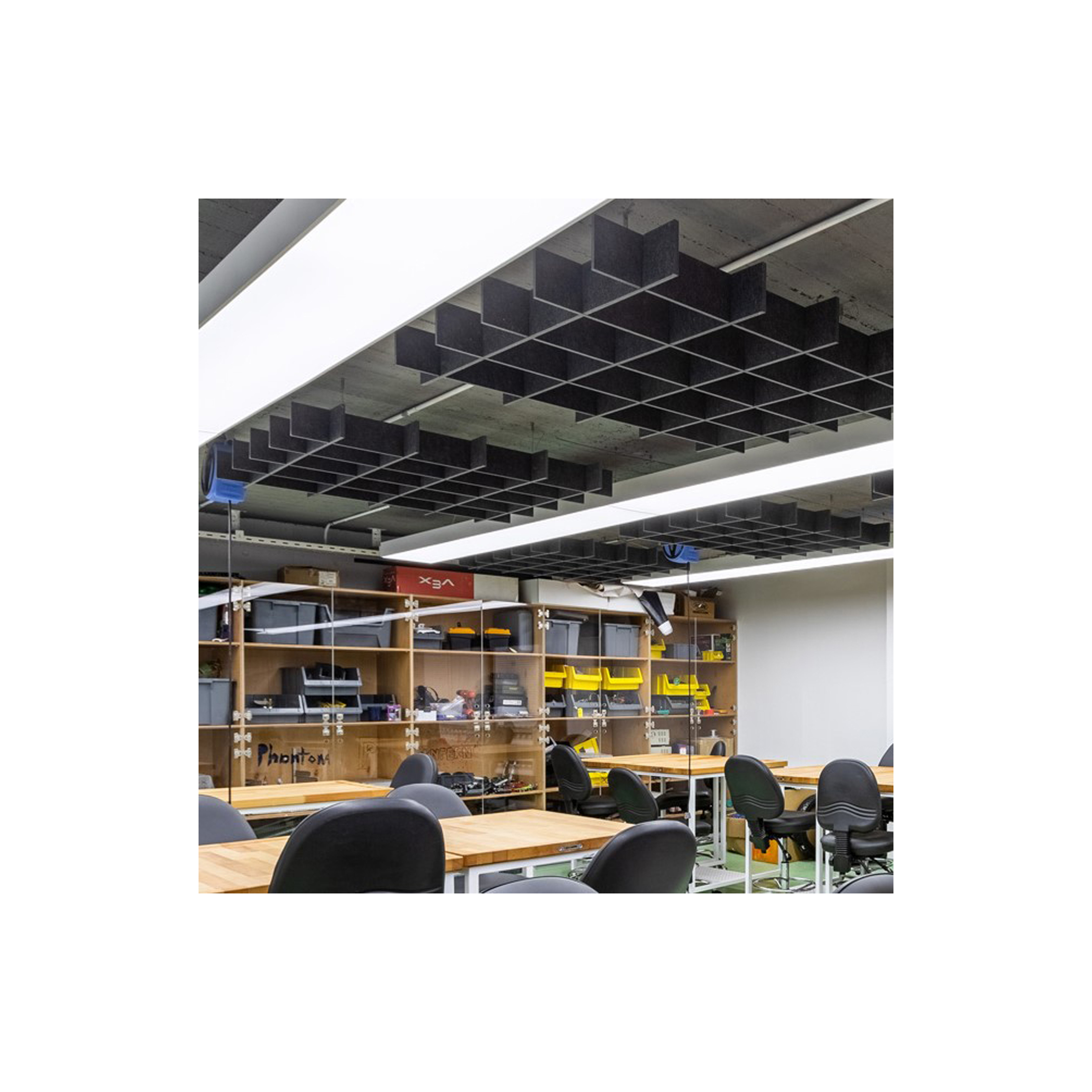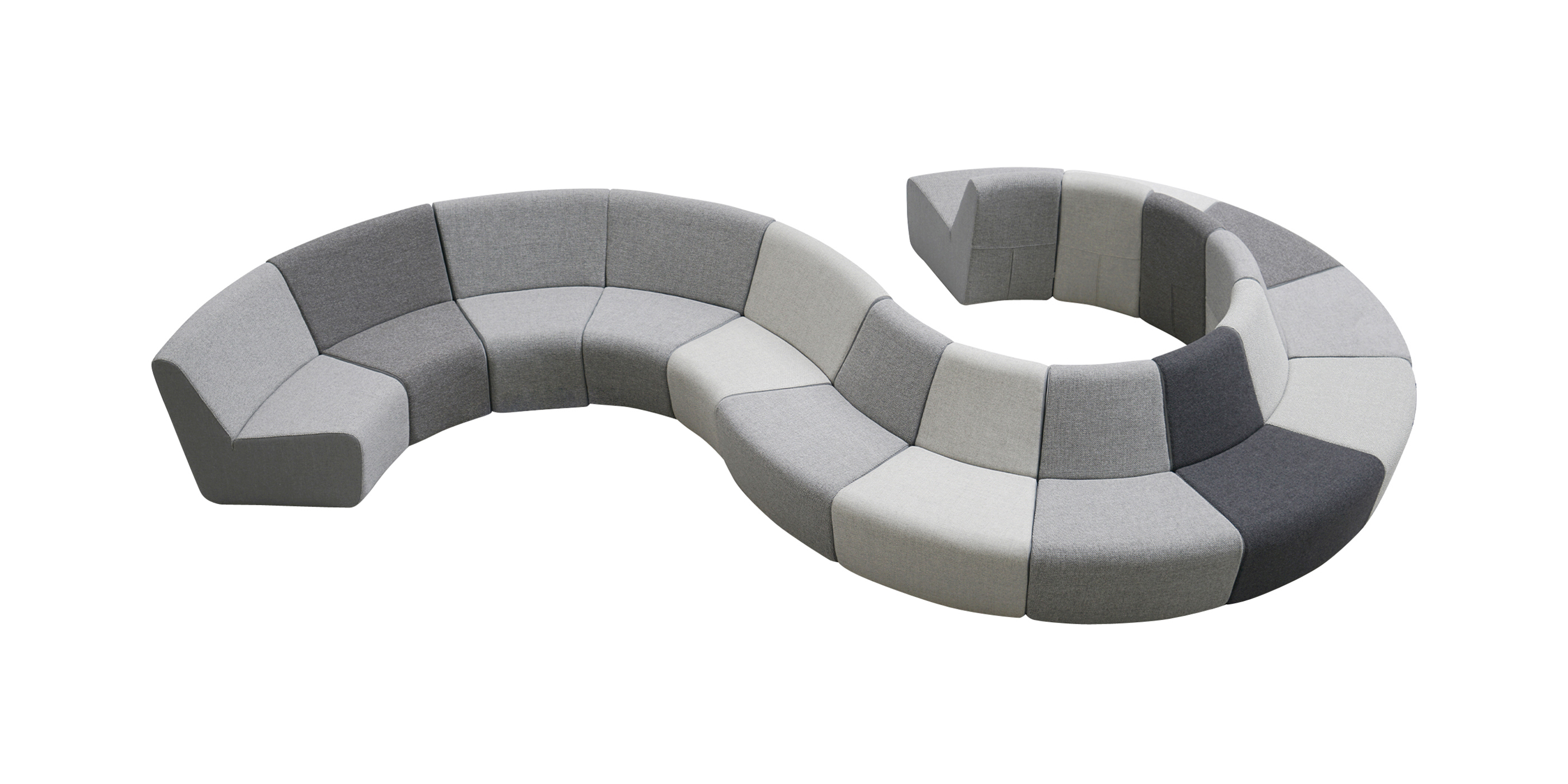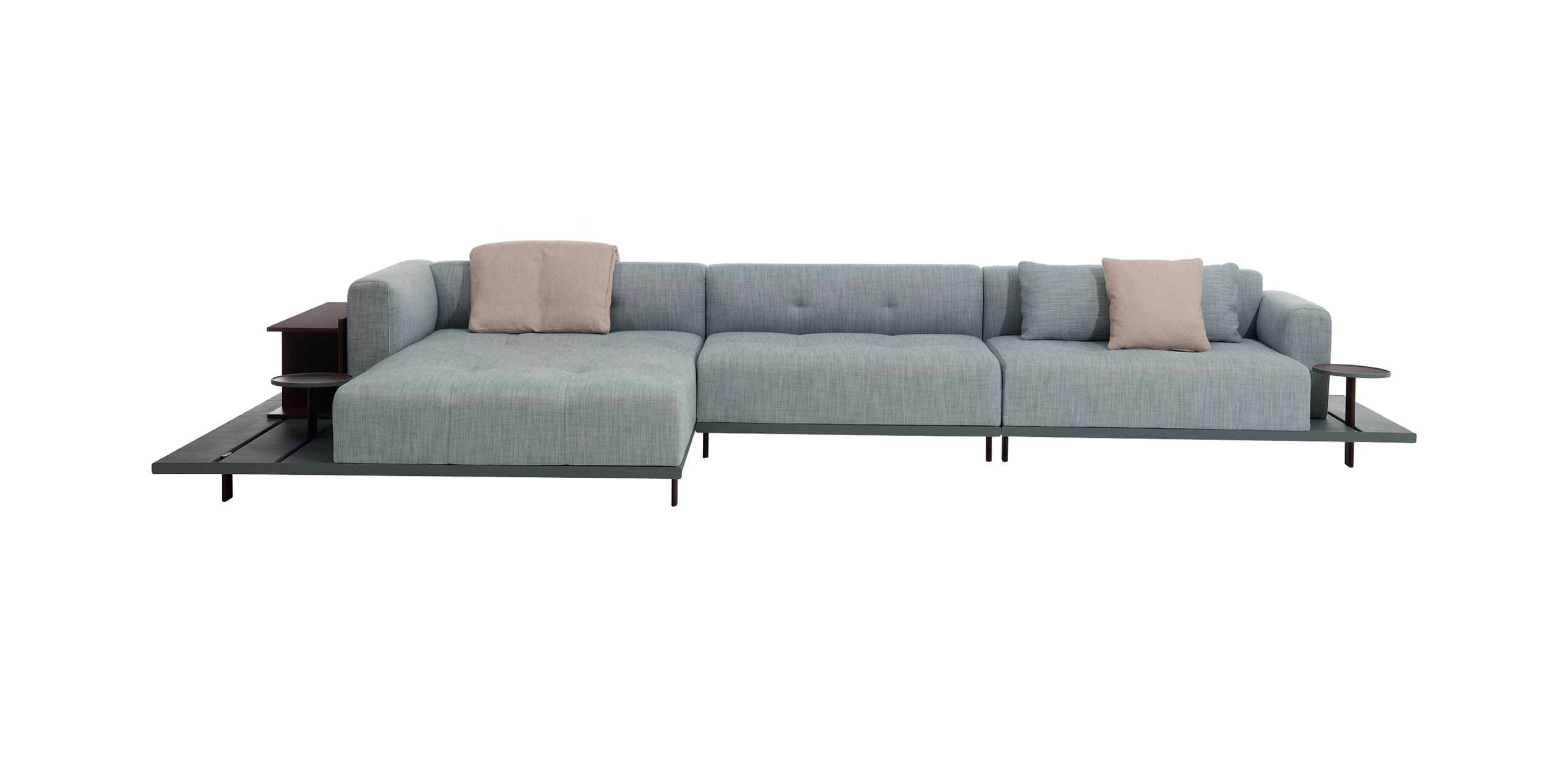-
The world of work is in the midst of a significant transformation driven by technology, demographics, and the changing expectations of the modern workforce. This shift is about adapting to changes and empowering the workforce through flexible environments and adaptable furniture. The role of workplace furniture in this transformation is not to be underestimated. It’s not just about functionality but about shaping modern workspaces, influencing employee behavior, and impacting productivity. The evolution of workplace furniture is a clear testament to this empowerment, as it fosters collaboration, creativity, and well-being, aligning with the needs and aspirations of the modern workforce.
-
-
-
The role of workplace furniture in shaping modern workspaces
Workplace furniture is a functional necessity and a transformative tool that can shape modern workspaces, influence employee behavior, and impact productivity. Contemporary offices are not just about work but about creating environments that prioritize employee comfort, well-being, and creativity.
-
By carefully selecting and integrating the right furniture solutions, we can create workspaces that: 1. Encourage collaboration and teamwork 2. Support focused, individual work 3. Promote movement and active working styles 4. Enhance employee well-being and ergonomics 5. Reflect the organization's brand and values Workplace furniture is a strategic tool for shaping future workspaces, attracting top talent, fostering innovation, and driving overall success.
-
-
Square
-
Crucial trends in workplace furniture design
As we look towards 2024, several key trends are shaping the design and functionality of workplace furniture. These trends reflect the changing needs of the modern workforce and the evolving workplace dynamics. Here are some of the most significant developments:
1. Flexibility and adaptability
2. Ergonomic and wellness-focused
3. Technology integration
4. Biophilic and sustainable design
5. Collaborative and social spacesThese trends reflect the evolving needs of the modern workforce and the commitment to creating workspaces that prioritize employee well-being, productivity, and engagement.
-
Creating flexible and multi-purpose workspaces with furniture
In today’s dynamic work environment, the value of flexible and adaptable workspaces cannot be overstated. These spaces, made possible by modular and multi-purpose furniture solutions, offer a range of benefits that directly impact the work experience. They can be easily reconfigured to meet changing needs, maximizing space utilization and promoting employee well-being and productivity. The popularity of mobile and lightweight furniture pieces is also rising, as they allow employees to create temporary workspaces or collaborate in different office areas as needed. By embracing these flexible and multi-purpose furniture solutions, organizations can foster productivity, collaboration, and employee satisfaction, which are crucial in the modern work environment.
-
The importance of common area furniture in promoting collaboration and creativity
Common areas in the modern workplace are not just spaces but catalysts for fostering collaboration and social interaction. The furniture chosen for these spaces is not just a design element but a critical factor in shaping the workplace experience and promoting organizational success. It should enable seamless transitions between different modes of work and social interactions, encourage spontaneous conversations, and incorporate collaborative tools to enhance team creativity and problem-solving processes. Common area furniture can also reflect an organization's brand and culture, creating an inviting atmosphere. Thoughtfully designed common area furniture is not just a decoration but a driver of collaborative and creative workplace culture, unlocking the full potential of the workforce and driving innovation. -
Aura Light
-
RUHE
-
Enhancing employee well-being with ergonomic and comfortable furniture
Employee well-being is a top priority in today’s fast-paced working environment. Ergonomic and comfortable furniture is not just a luxury, but a necessity that promotes physical and mental health, increasing productivity and job satisfaction. It supports optimal body positioning, reduces strain, and minimizes the risk of musculoskeletal disorders. Additionally, comfortable furniture reduces stress, promotes relaxation, and encourages movement, combating the adverse effects of prolonged sedentary behavior. Prioritizing ergonomic and comfortable furniture demonstrates a commitment to employee well-being, leading to reduced absenteeism, increased productivity, and improved employee engagement and retention. It’s a way of showing that their well-being is valued and cared for.
The rise of activity-based workplaces and the furniture that supports them
The traditional concept of assigned desks and cubicles is being replaced by the activity-based workplace (ABW), which offers diverse work settings designed to support specific activities or work modes. This includes focused work zones for deep concentration, collaborative hubs for teamwork, informal meeting spaces, and rejuvenation areas for relaxation. Flexible and adaptable furniture solutions are essential, allowing for easy reconfiguration and tailored support for diverse activities. This approach aims to enhance productivity, collaboration, and employee satisfaction.
-
-
Privacy furniture solutions for creating focused and private work areas
In today’s open workspaces, privacy is crucial. Organizations are turning to privacy furniture solutions to create dedicated spaces for focused work while maintaining the benefits of an open environment. Solutions include privacy pods, flexible partitions, acoustic dividers, and sound-absorbing furniture. Technological advancements like noise-canceling headphones and ambient noise-masking systems also play a role in creating focused work environments. These solutions help enhance productivity and employee well-being.
-
Integrating nature and biophilic design with office planters
Integrating nature and biophilic design principles in workspaces has become a powerful strategy for promoting well-being and productivity. Office planters and living walls bring the natural world indoors, enhancing employee well-being and job satisfaction. Versatile furniture solutions like modular office planters and conference tables provide adaptable layouts and seamless transitions between work modes, accommodating diverse team structures and project demands. These elements contribute to the overall aesthetic and ambiance of the workspace, optimizing space utilization and fostering a dynamic and collaborative work environment. -
-
Managing noise levels and creating quiet zones in open workspaces can be challenging. Acoustic dividers are a solution, absorbing sound waves to reduce ambient noise and create focused work environments. They can be freestanding, wall-mounted, or integrated into furniture, offering placement flexibility. These dividers create designated quiet zones within open layouts and manage noise levels in collaborative spaces. They also come in various materials and finishes, complementing the workspace’s design. Overall, acoustic dividers balance open workspace collaboration with the need for a quiet, productive environment.
-
Conclusion
As we navigate the future of work, embracing innovative workplace furniture solutions has become imperative for organizations seeking to thrive. The furniture we choose doesn’t just fill a space; it shapes the physical environment and influences employee behavior, productivity, collaboration, and overall organizational success. Understanding and adapting to critical trends in workplace furniture design can help us create workspaces that foster creativity, promote well-being, and align with the evolving needs of the modern workforce. By investing in thoughtfully designed workplace furniture, we can create workspaces that genuinely support and elevate the human experience, driving organizational success in the years to come. It’s a way of making everyone feel involved and essential in shaping their work environment.















